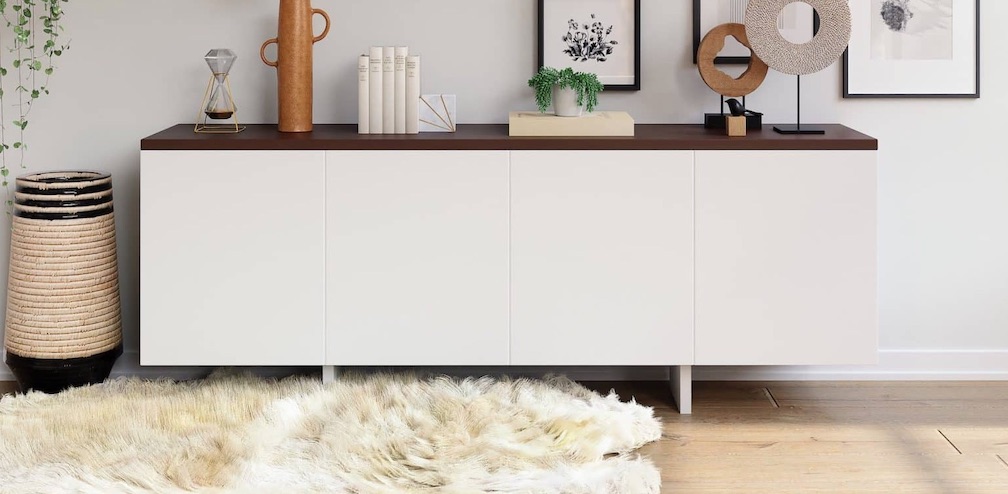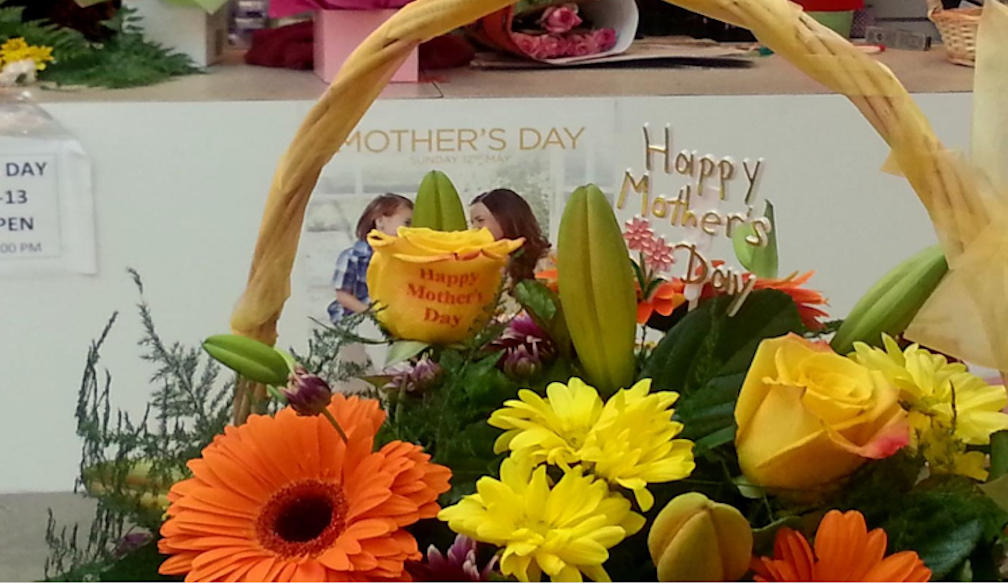How To Balance Style And Functionality When Choosing Buffet Furniture

Choosing the right buffet furniture for your home involves much more than simply picking a piece that looks good. It's about striking the perfect balance between aesthetic appeal and practical usability. Buffet furniture, commonly used to store dinnerware and display decorative items, should align seamlessly with both your lifestyle and interior decor. This article guides you through the various considerations to bear in mind when selecting buffet furniture that is as functional as it is stylish.
Understanding Your Needs and Space
Before investing in a new piece of buffet furniture, it's essential to evaluate what your specific needs are. Consider the primary function of the buffet. Is it going to serve as extra storage, a display area, or possibly a space for serving food during gatherings? The answers to these questions will significantly influence the type, size, and features of the buffet you choose.
Space is another critical factor. Measure the area where you plan to place the buffet. Ensure there is ample room for movement and that the piece won’t crowd the area. It’s also worth considering the layout of the room and how the new addition will interact with existing furniture pieces. Think about flow and accessibility to ensure the buffet enhances the space rather than creating obstructions.
Exploring Styles and Materials
The style of your buffet should complement the overall decor of your room. Living Emporium buffet furniture comes in a plethora of styles, from contemporary minimalism to rustic charm or vintage elegance. Each style brings a unique character and can set the tone of a room. For instance, a sleek, high-gloss buffet might suit a modern dining room, while a hand-carved wooden piece could enhance a more traditional setting.
Materials play a huge role in both the appearance and longevity of buffet furniture. Common materials include wood, metal, and glass, each offering different aesthetic and functional benefits. Wood is versatile and durable, making it a popular choice for buffet furniture, whereas metal can offer a more industrial look and glass features can add a touch of sophistication. When choosing the material, consider not only the look but also the maintenance requirements and durability.
Features and Design Elements that Enhance Functionality
Practical features in buffet furniture can greatly enhance its functionality. Look for designs that include adjustable shelves, drawers, and cabinets that provide ample and versatile storage solutions. Some buffets also feature built-in wine racks or stemware holders, which are ideal for those who entertain frequently.
In terms of design elements, consider the addition of sliding doors or hidden compartments, which can offer a sleek look while making accessibility easier. Soft-close hinges and drawer slides are useful features that protect the furniture and provide a premium feel. Additionally, integrating lighting into your buffet can illuminate your display items, adding both aesthetic and functional value. For more practical tips on choosing the right buffet, visit [this helpful resource](https://www.livingemporium.com.au/tips-for-choosing-the-right-buffet/).
Ergonomics and Accessibility
When selecting buffet furniture, ergonomics should not be overlooked. The height and depth of the buffet should allow for comfortable use, without needing to bend awkwardly or stretch excessively to access items. This is particularly important in family homes or environments where ease of use is paramount.
Accessibility is another important consideration. The placement of handles, the type of door opening, and the overall ease of navigation around the buffet contribute to a user-friendly piece. Opt for designs that cater to all household members, including those with reduced mobility, to create a welcoming and inclusive environment.
Durability and Maintenance
Durability is a critical factor, especially if the buffet furniture will be used frequently. Opt for high-quality materials and sturdy construction to ensure the piece withstands the test of time. Solid wood, for example, not only offers robustness but also ages gracefully, acquiring character over the years.
Maintenance is equally important. Some materials and finishes require more care than others. For instance, high-gloss finishes might need regular wiping to prevent dust accumulation and to maintain their sheen, whereas matte or textured surfaces are more forgiving when it comes to hiding smudges and fingerprints. Consider the amount of maintenance you are willing to commit to when making your choice.
Conclusion
Selecting the right buffet furniture involves a careful balance of style and functionality. It requires understanding your needs and the constraints of your space, choosing the right style and material, and considering the ergonomics and maintenance of the piece. By thoughtfully addressing these aspects, you can choose buffet furniture that not only looks great but also serves its purpose efficiently and stands the test of time in your home. With the right approach, your buffet can be a delightful blend of beauty and practicality, enriching your living space and enhancing your lifestyle.




